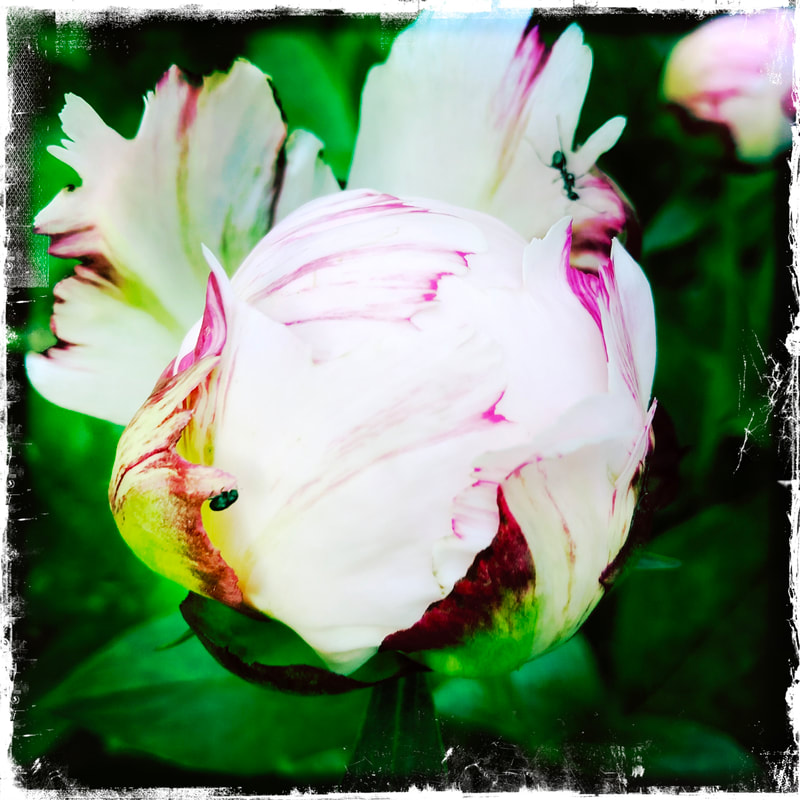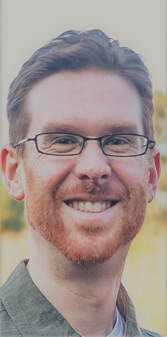ASSAY: A JOURNAL OF NONFICTION STUDIES
9.1
9.1
|
Robin Wall Kimmerer’s 2015 Braiding Sweetgrass: Indigenous Wisdom, Scientific Knowledge, and the Teachings of Plants has been received with much critical acclaim. Much of this praise has focused on the book’s multi-genre qualities, like the way it “masterfully blends a smooth mixture of stories, technical jargon, botany, and life lessons” while advancing “a much-needed synthesis between indigenous and Western understandings of the environment and ecology” (Barnd 439-440). Nancy J. Turner praises the book’s controlling metaphor—braiding sweetgrass—for how it “symbolizes the intertwining of Indigenous and scientific knowledge systems in creative and mutually supporting ways, through the medium of plants as teachers and generous relatives” (161). Likewise, Jen Soriano includes Kimmerer in her list of authors who practice an “intersectional form” and “[break] away from the confines of traditional narrative arc and instead move through fragments and strands and strips, conveying multiple viewpoints to reject homogenous truth in favor of a more complex reality.” In so doing, she argues, such writing can be a means of “conveying and even modeling new ways of being in the world” (Soriano).
Among these “new ways of being in the world,” the book advocates for recognizing “our enmeshment in the green world” and that the principle of reciprocity should govern humans’ relationships with each other and the earth (Sullivan 425, 427). For Kimmerer, a citizen of the Potawatomi Nation and professor of environmental biology, seeing this enmeshment and living with reciprocity are things we can learn by looking to the more-than-human world right in front of us. Jennifer Case points out that within environmental non-fiction there remain tensions about promoting local place attachment vs. more global perspectives (Case). Kimmerer seems intent on doing both, seeking to shift readers’ sense of relationship with the larger world by finding ways to better understand and dwell with their localities. Her essay, “The Sacred and the Superfund,” which concerns rehabilitating humanity’s relationship with the environs around New York’s Onondaga Lake, is a prime example of this, as Kimmerer takes readers through seven different possible conceptions of relating to land. One angle on Kimmerer’s work that has been little explored is to undertake an interdisciplinary rhetorical analysis, highlighting how Kimmerer’s essay not only “braids together” diverse ways of knowing and offers alternative ways of relating to place, but also offers a rhetorical example of how to communicate across difference. In a time of deep partisan divides, Kimmerer provides a rich and beautiful example of how to communicate across difference, primarily through the use of embodied rhetoric to “rematerialize” her discussion of social justice issues. As David A. Greenwood notes, Kimmerer, while “insist[ing] that settler culture confront its colonizing relationship with land and its first peoples,” somehow manages to do so in a book that is ultimately about “braiding connections” between Western science and Indigenous ways of knowing, between settlers and Indigenous people. Indeed, “she does so,” Greenwood writes, “in a style and tone that also invites the healing possibility of newly braided and newly configured relationships based on reciprocity…. [and] avoids any discourse that neatly divides parts from wholes, us from them” (210-211). Viewed through this lens, Braiding Sweetgrass does work similar to Lauret Savoy’s Trace: Memory, History, Race, and the American Landscape; or to Michael W. Twitty’s The Cooking Gene: A Journey Through African American Culinary History in the Old South which also narratively blend together diverse ways of knowing to explore issues of race, history, culture, sovereignty, and our relationship to place in an attempt to bring disparate readers to the table together.
|
|
Mark Houston is a doctoral candidate at the University of Nebraska-Lincoln. His research focuses on
eco-composition, material ontologies, and non-antagonistic rhetoric. His most recent work "Writing Things: What’s the (Performative) Matter in Composition?" appears in College Composition and Communication. |

